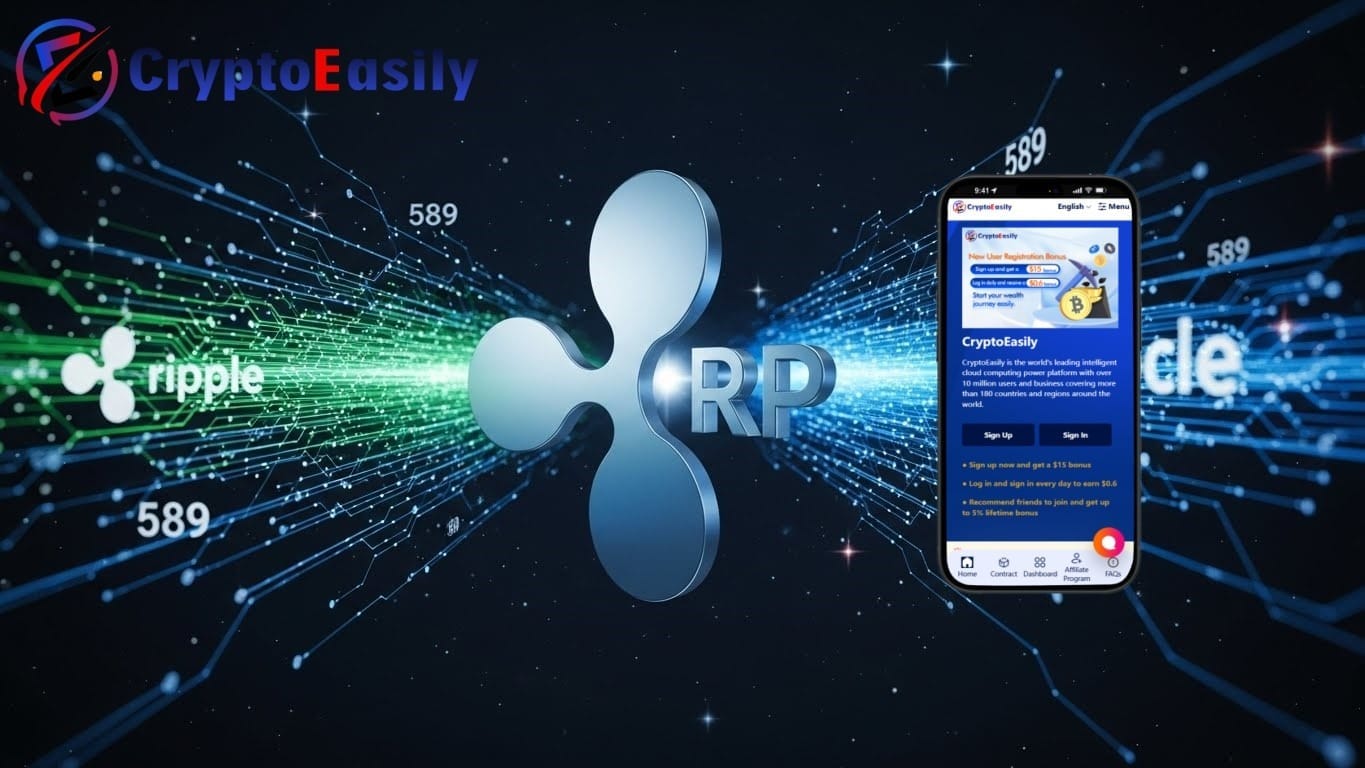Table of Contents
Following a challenging period in the crypto market, the recent surge in prices has brought renewed optimism as it reaches levels not seen since 2021. Bitcoin, the top player in the cryptocurrency market, along with some of the altcoin projects, have reaped the rewards of this enthusiasm. Given the positive momentum in the cryptocurrency market, coins like SOL and ADA saw significant gains as altcoins rallied behind them.
Amidst the buzz of the bull market, identifying the true participants who are in it for the long haul has become a crucial task that will ultimately decide the winner of this bullish trend. It's important to keep an eye out for some practical tips to determine if the altcoin projects that will make you successful are riding the market hype or if they truly have potential.
What does the term bubble mean in economic terms?
A bubble, in economic terms, refers to a situation where the price of an asset, such as a cryptocurrency, significantly exceeds its intrinsic value. This can happen when there is excessive speculation and investor enthusiasm, causing the price to be driven up to unsustainable levels. Eventually, the bubble bursts, leading to a sharp decline in the asset's value.
It is important to be able to understand the concept of crypto bubbles and identify bubble projects among altcoins, as investing in such projects can lead to significant financial losses. Let's explore the impact of bubble projects on the ecosystem to better understand the risks involved.
The Impact of Bubble Projects on the Altcoin Ecosystem
Bubble projects can have a detrimental effect on the altcoin ecosystem. When a project experiences a bubble, it attracts a large number of investors who are solely driven by the desire for quick profits. Excessive demand and speculation can lead to the distortion of market dynamics and create a false perception of the project's value.
Moreover, bubble projects often divert attention and resources from genuinely innovative projects that have the potential to drive long-term growth and adoption in the altcoin space. This can hinder the overall progress and development of the ecosystem.
It is crucial to conduct thorough research and analysis to identify bubble projects and avoid falling into the trap of irrational exuberance. Let's examine a case study to gain more insights into how bubble projects behave in altcoins.
Case Studies: How Bubble Projects Behave in Altcoins
One example of an altcoin bubble project could be BitConnect (BCC). BitConnect was a cryptocurrency that gained significant attention in the cryptocurrency community around 2017. It promised high returns through a lending program and a trading bot, claiming to provide consistent profits to investors.
However, BitConnect's business model was widely criticized as unsustainable and potentially fraudulent. It operated as a multi-level marketing scheme, relying on referral commissions to attract new investors. Many experts and prominent figures in the cryptocurrency space warned against BitConnect, likening it to a Ponzi scheme.
In January 2018, BitConnect abruptly shut down its lending and exchange platform, leading to a significant crash in its token value. Investors lost substantial amounts of money, and several lawsuits were filed against the project's operators.
The rise and fall of BitConnect serves as a cautionary tale about the risks associated with investing in altcoins, particularly those with questionable business models or promises of unrealistic returns.
Red Flags to Watch Out in a Bubble
There are several red flags that can indicate a potential bubble in an altcoin project. One common red flag is the presence of exaggerated claims and promises. If a project claims to revolutionize an entire industry without providing substantial evidence or a realistic roadmap, it could be a warning sign.
Another red flag is when a project relies excessively on marketing and hype instead of focusing on tangible milestones and developments. If a project is more concerned with creating buzz rather than delivering actual value, it is important to exercise caution.
Furthermore, it is crucial to assess the team behind the project. Lack of transparency, questionable backgrounds, or a team that does not possess the necessary expertise can be indicative of a bubble project.
By being aware of these red flags and conducting thorough due diligence, investors can minimize their exposure to bubble projects and make informed decisions. However, differentiating between genuine innovation and bubble projects in altcoins can still be challenging.
How to Differentiate Between Genuine Innovation and Bubble Projects in Altcoins
Distinguishing between genuine innovation and bubble projects requires a comprehensive approach. One strategy is to evaluate the technology and potential use cases of the altcoin. Does the project solve a real-world problem? Is it backed by sound technology and a strong development team?
Additionally, it is crucial to assess the project's community and adoption. Does the project have a dedicated and engaged community? Are there partnerships and collaborations in place that can drive adoption and growth?
Furthermore, analyzing the project's roadmap and milestones can provide insights into its long-term viability. A transparent and realistic roadmap, with achievable milestones, is indicative of a project that is focused on long-term success rather than short-term gains.
In my personal experience, I have seen how investors can easily get caught up in the frenzy surrounding bubble projects. It is important to approach investments in altcoins with a rational and research-driven mindset. Don't let the fear of missing out (FOMO) cloud your judgment.
Remember, investing in altcoins should be based on careful analysis and a genuine belief in the project's long-term potential. By following the strategies discussed in this article, you can increase your chances of identifying genuine innovation and avoiding bubble projects in altcoins.








